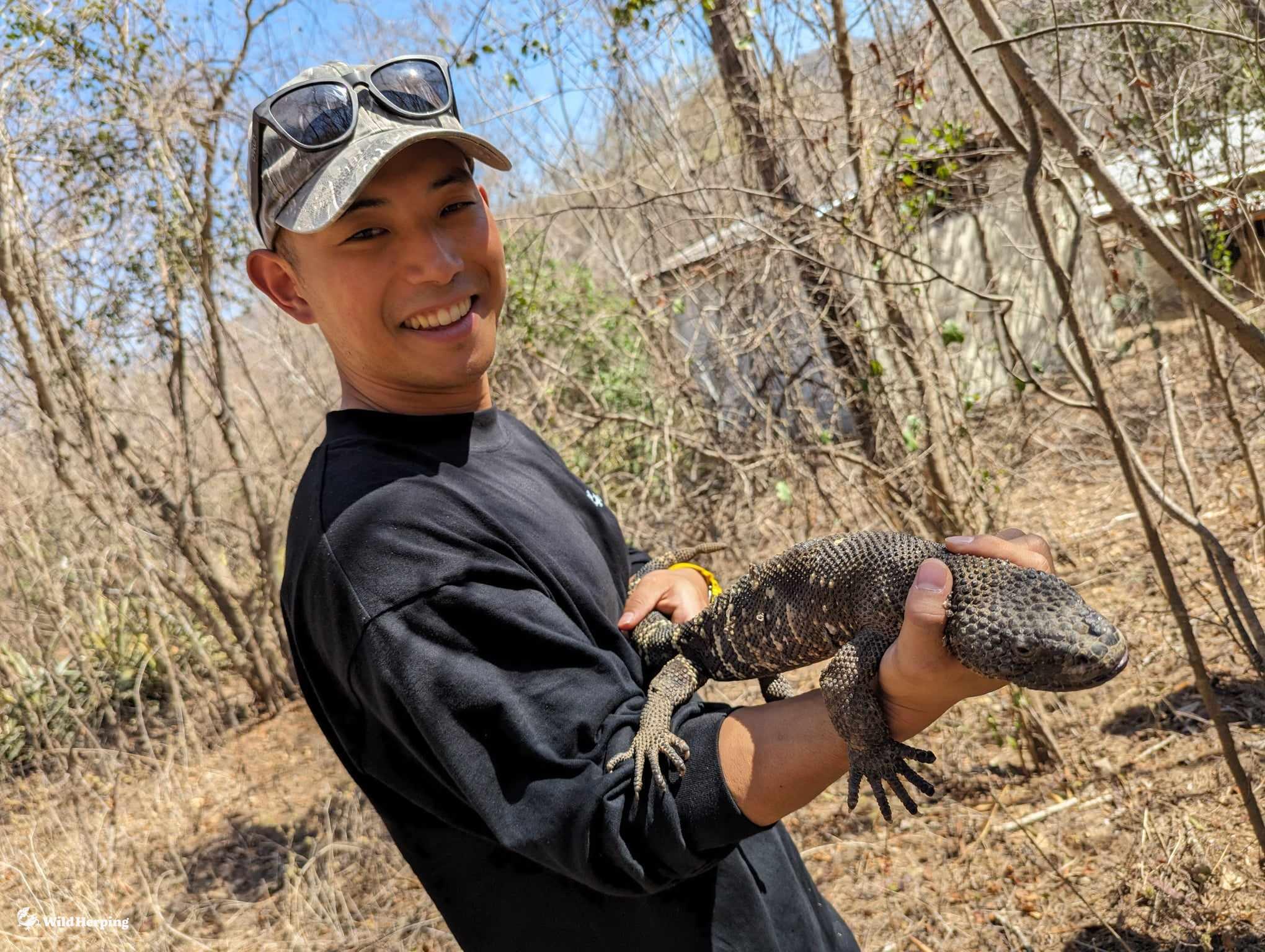Observations of the Banded Gecko and the Amami Rabbit
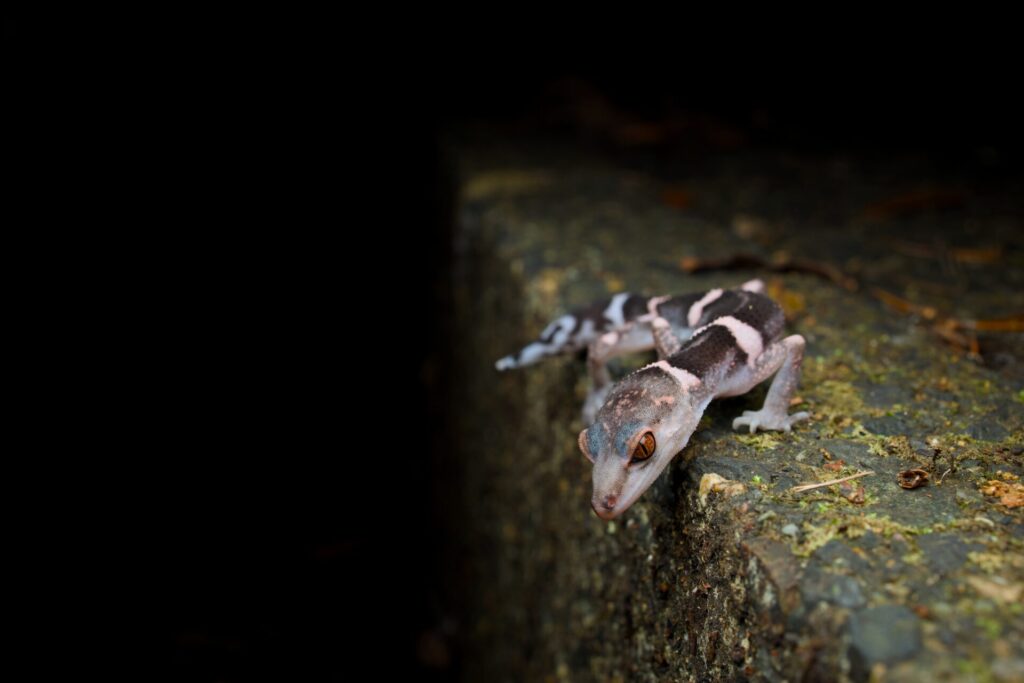
This time, I traveled from Amami Ōshima to Tokunoshima by ferry. Tokunoshima is well known as the northernmost habitat of the Banded ceve gecko (Goniurosaurus splendens), the smallest cave gecko species in Japan. The island is also home to many other fascinating creatures such as the Amami rabbit (Pentalagus furnessi), and I was fortunate to encounter several of them during my stay.
The first species I encountered was the Amami tip-nosed frog (Odorrana amamiensis). Compared to individuals from Okinawa, some Tokunoshima frogs show a strikingly vivid green coloration, making them exceptionally beautiful.
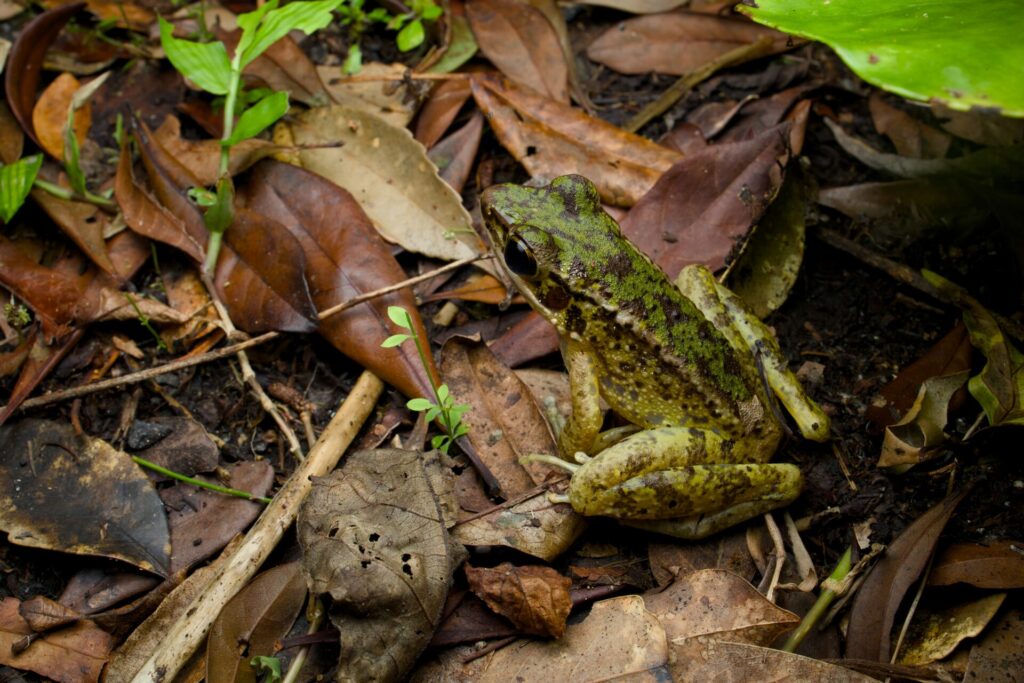
Soon afterward, I came across the Banded cave gecko (Goniurosaurus splendens). This gecko is characterized by pale pinkish crossbands on a dark body. It appeared much smaller than other Japanese cave gecko species I have observed before. Japan is home to seven species of cave geckos, six of which are restricted to Okinawa, while this one alone is found in Kagoshima Prefecture. As the northernmost member of its group, its distribution raises interesting ecological questions—what environmental factors prevent it from living any farther north? The boundaries of species distributions often hinge on subtle environmental differences that humans may not even notice.
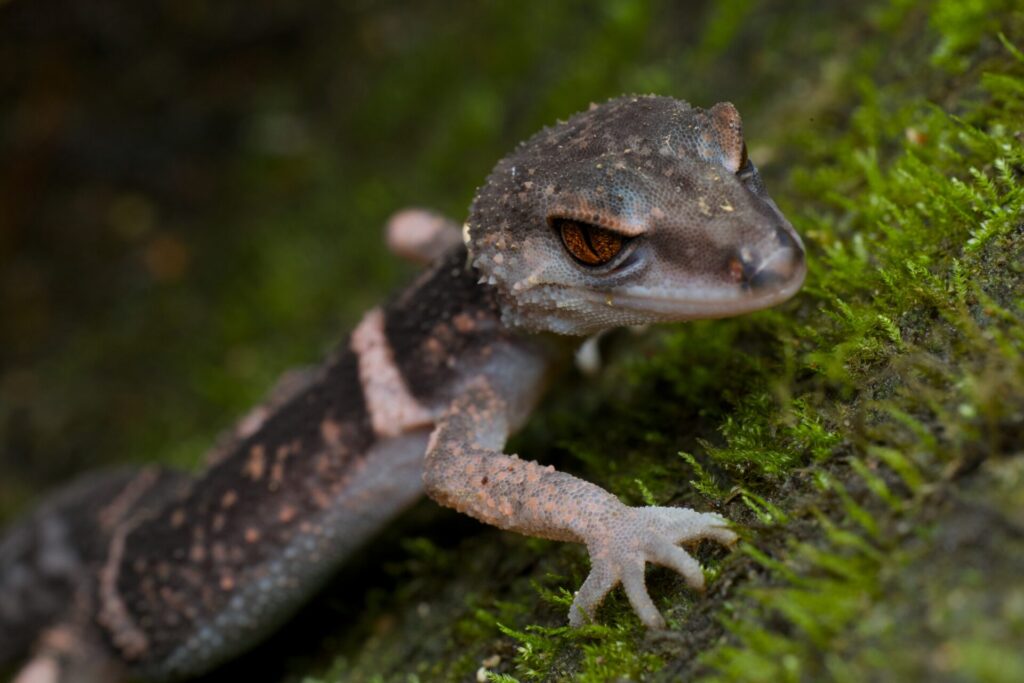
This individual sat motionless, apparently ambushing prey. Even while I was photographing it, it did not move at all—until suddenly, a cockroach wandered past. In an instant, it snapped it up. Witnessing such a predation event was a moving experience.
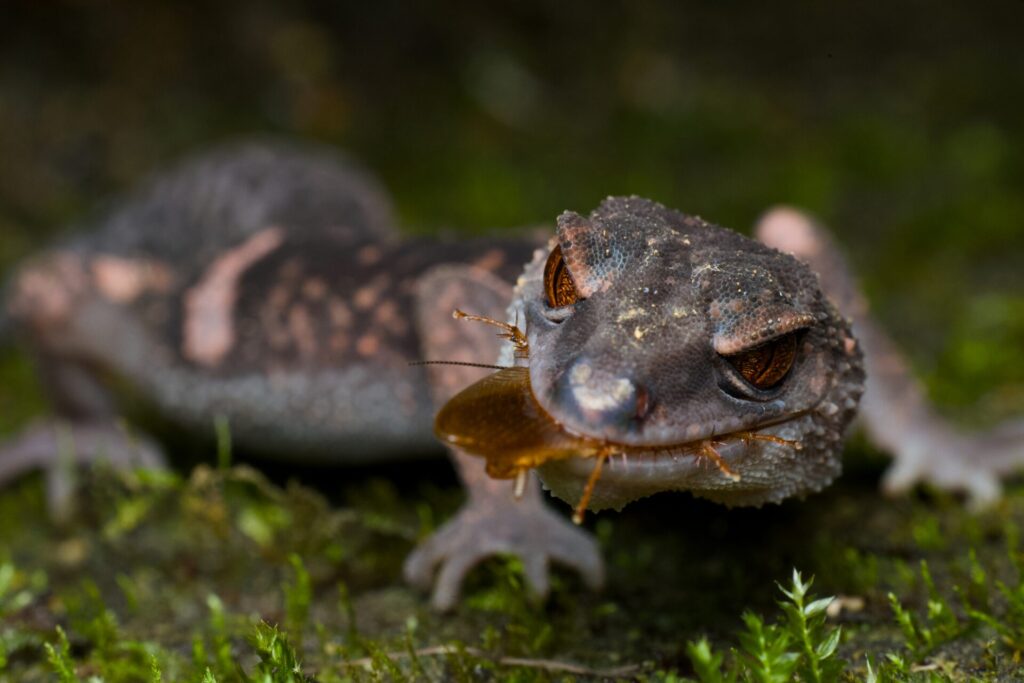
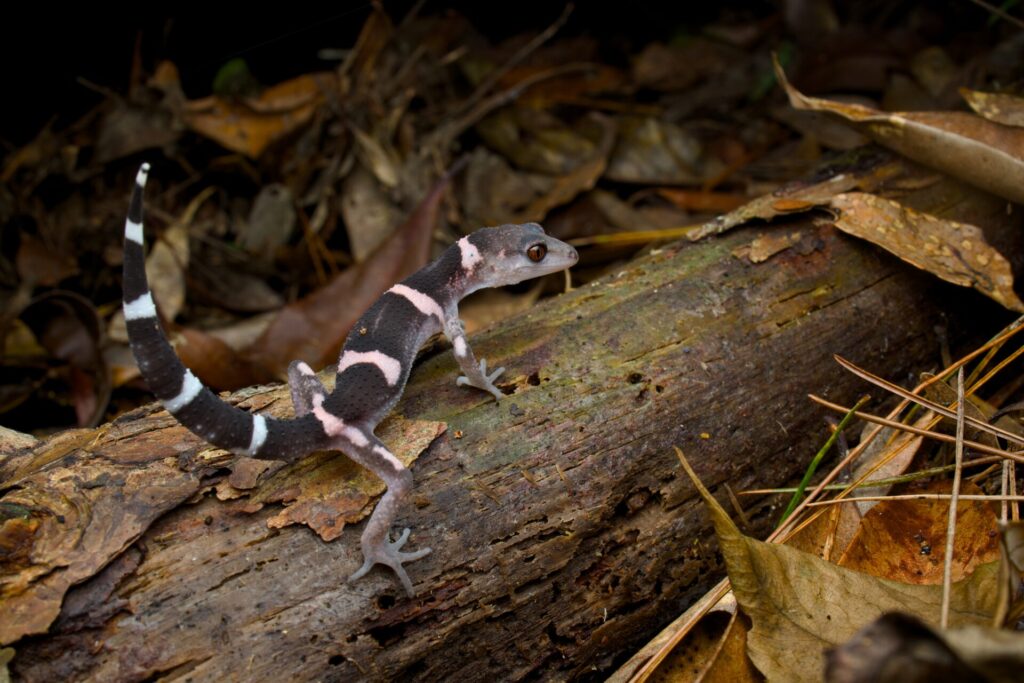
Tokunoshima is also home to the Amami rabbit (Pentalagus furnessi). Although their numbers are higher on Amami Ōshima, the island’s larger size makes them harder to observe there. Tokunoshima, being smaller, offers better chances to encounter multiple individuals, and I was fortunate to see several.
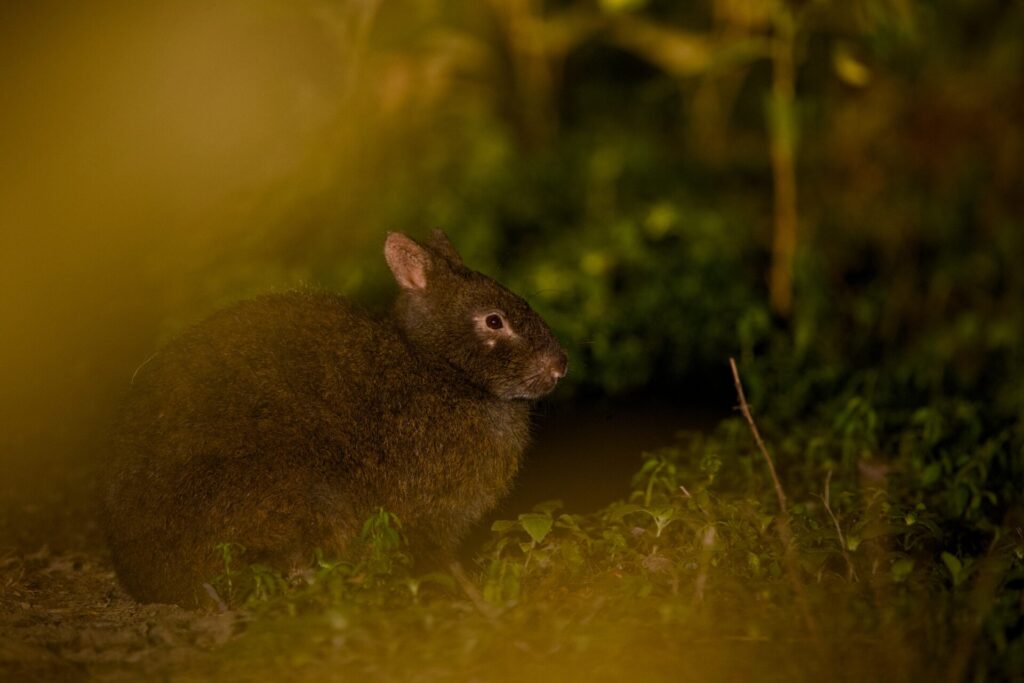
Another highlight was observing the Tokunoshima spiny rat (Tokudaia tokunoshimensis), a species found only on this island. Members of the spiny rat genus are themselves globally restricted, occurring only on Tokunoshima, Amami Ōshima, and northern Okinawa Island. Meeting such a rare and localized mammal felt like a privilege.
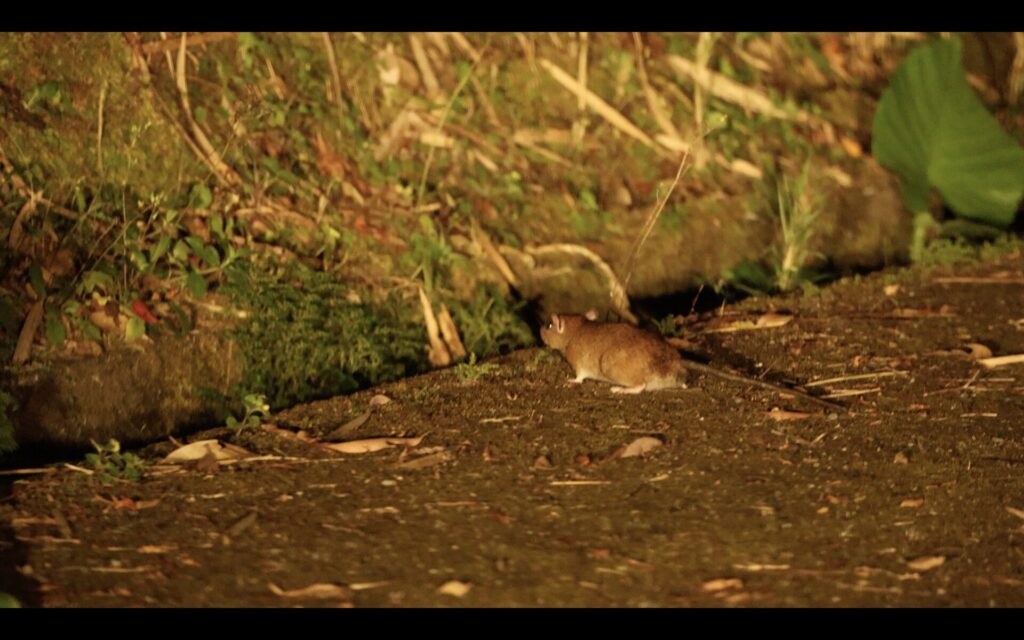
During night surveys, I also observed species such as the Japanese tree frog (Dryophytes japonicus).
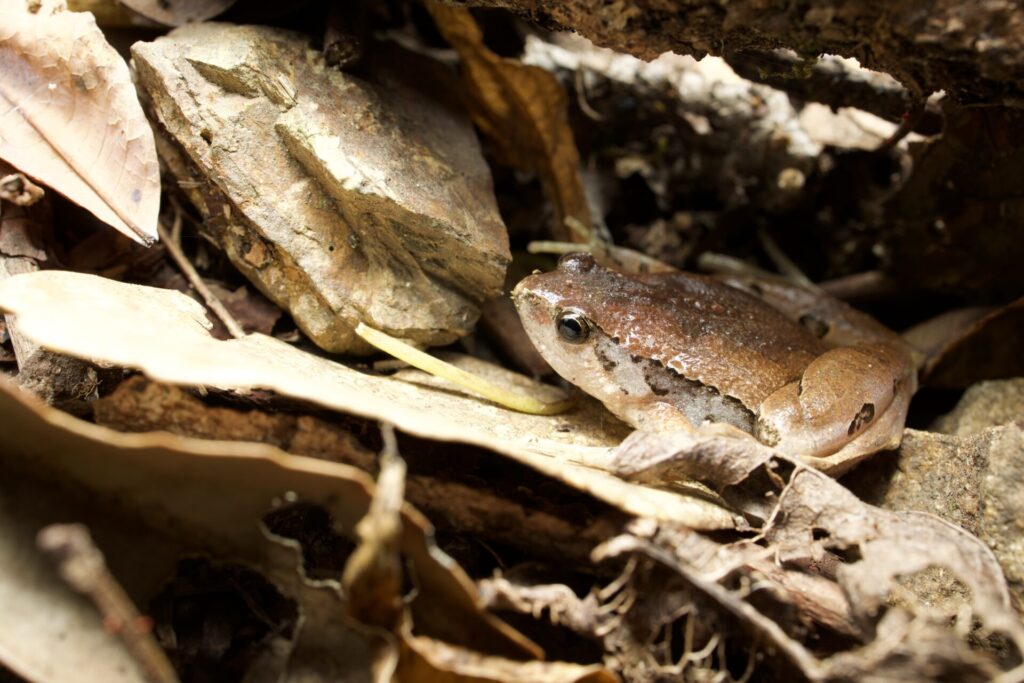
The following morning, I set out for some birdwatching. In the Amami Islands, the most iconic bird is the Amami robin (Larvivora komadori). Its beautiful song is often heard in the forest, though photographing it proved difficult.
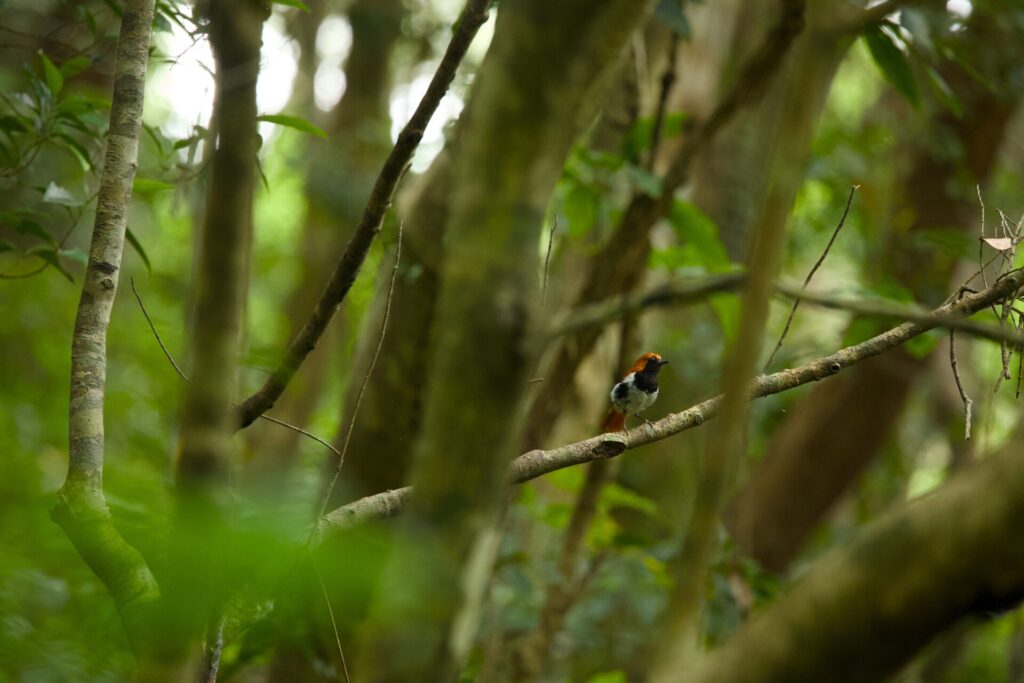
Other species I encountered included the Japanese paradise flycatcher (Terpsiphone atrocaudata) and the Ryukyu ruddy kingfisher (Halcyon coromanda bangsi), both stunning birds that highlight the ornithological richness of the region.
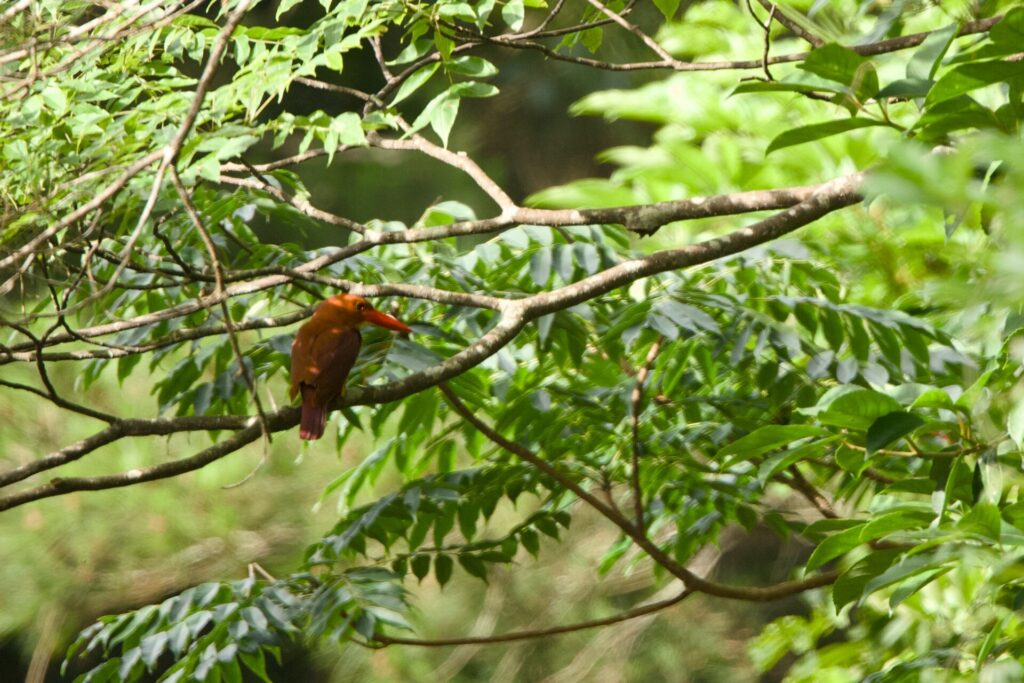
Conclusion
Tokunoshima may be a small island, but it is a treasure trove of biodiversity, hosting unique and rare species found nowhere else in the world. From amphibians and reptiles such as the Amami tip-nosed frog and the Banded cave gecko, to mammals like the Amami rabbit and the Tokunoshima spiny rat, and even striking forest birds such as the Amami robin, the island offers unforgettable encounters for anyone interested in wildlife. Exploring its forests, both at night and at dawn, reveals the ecological importance of this subtropical island and the need to protect its fragile habitats for future generations.

